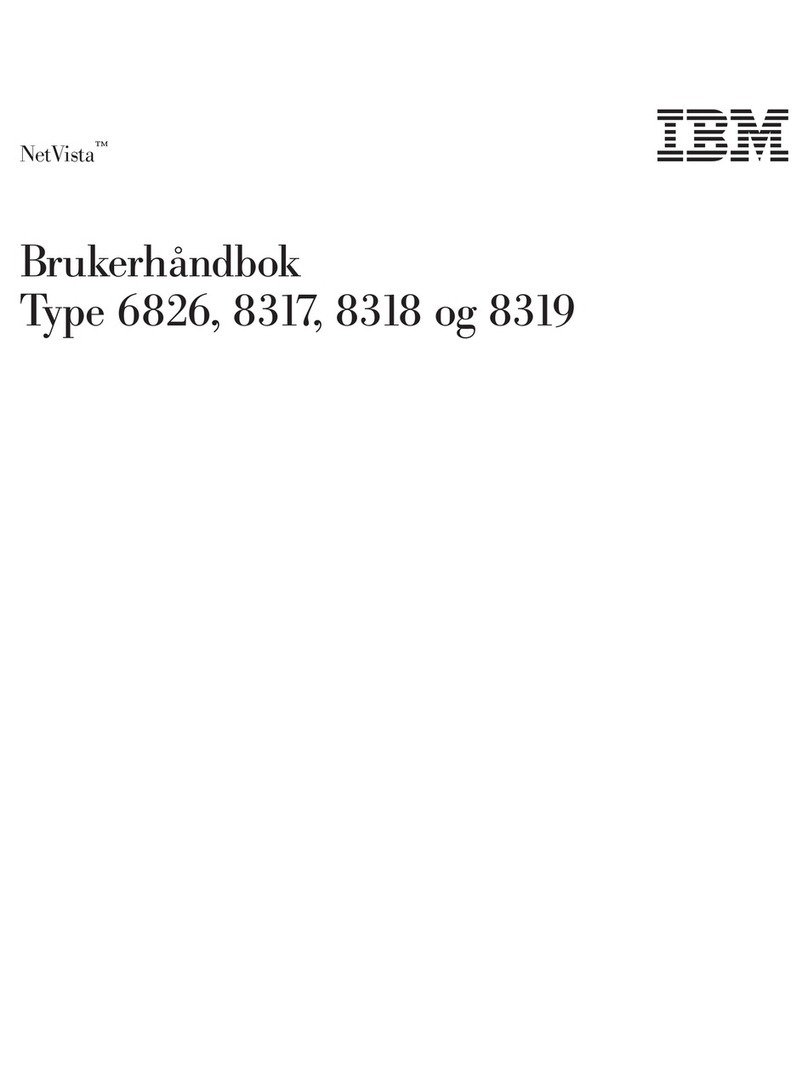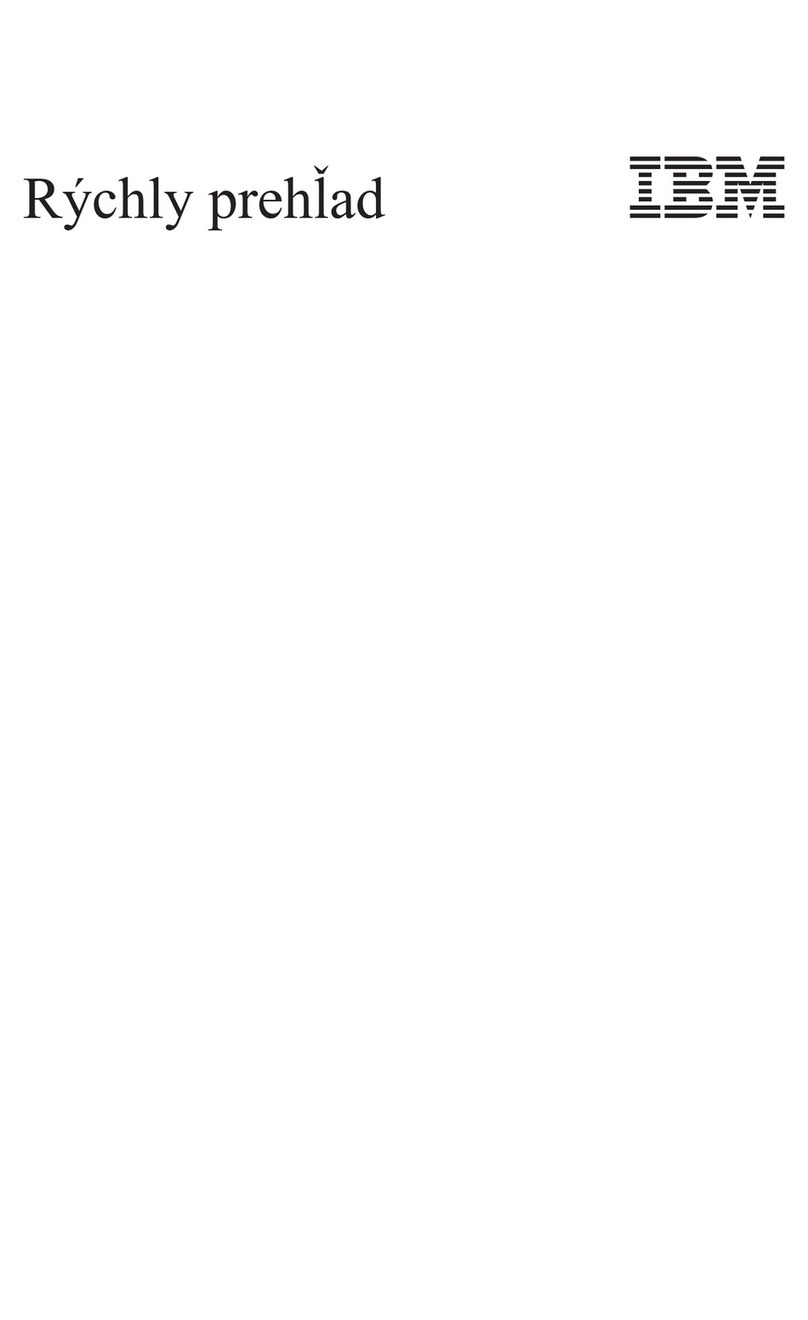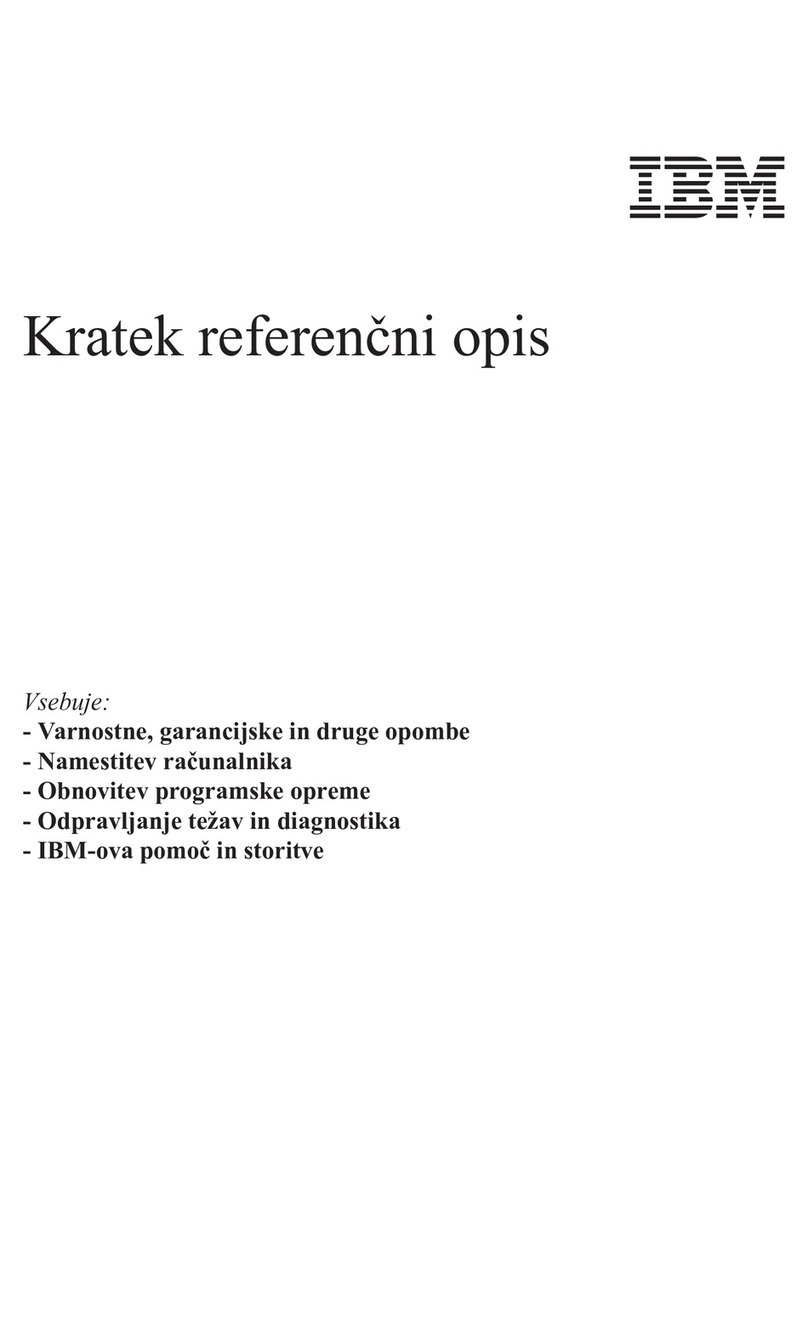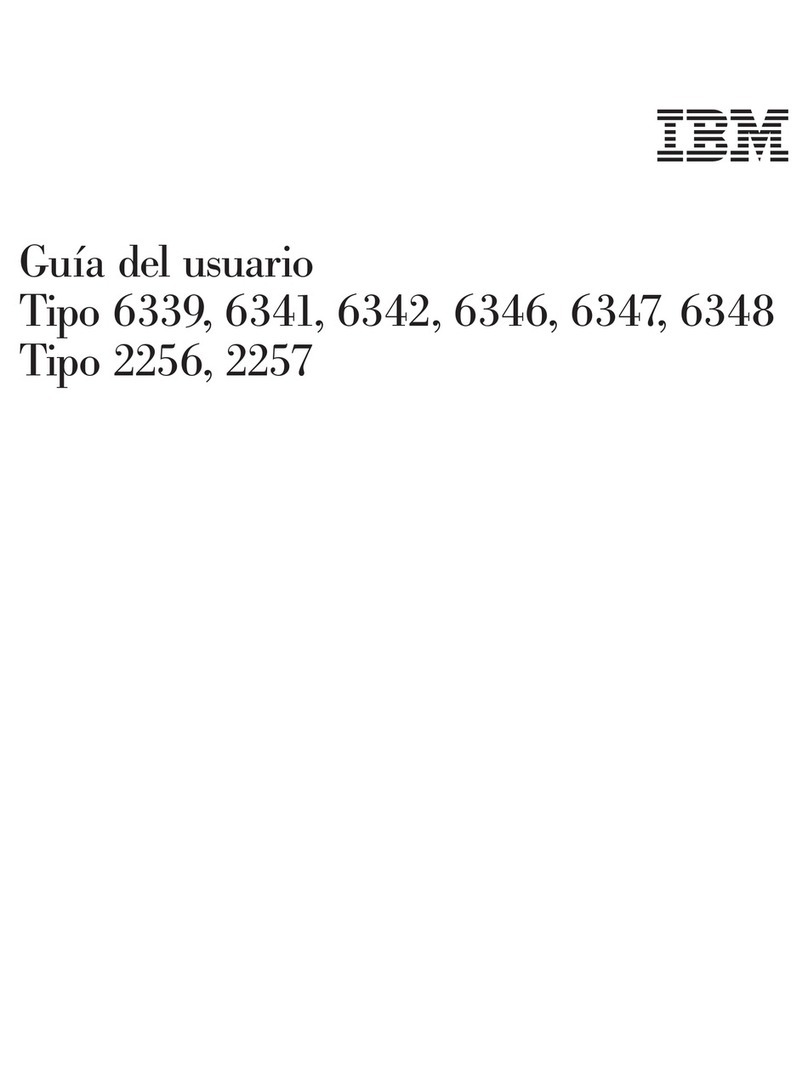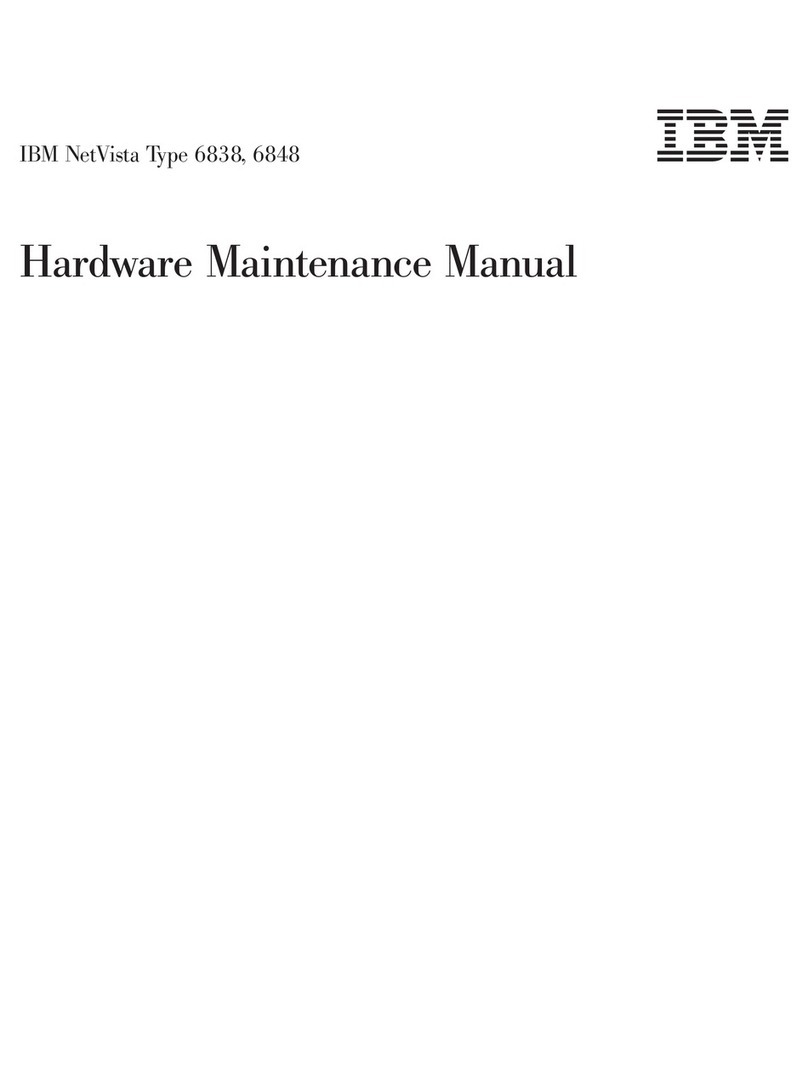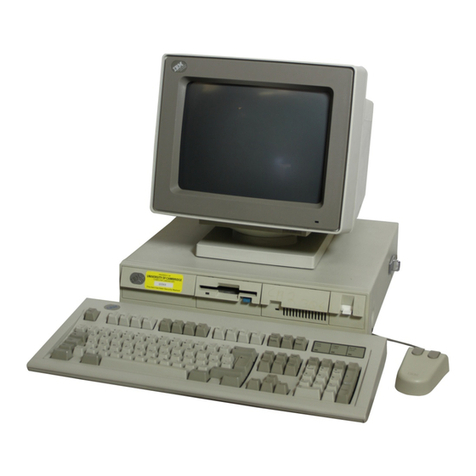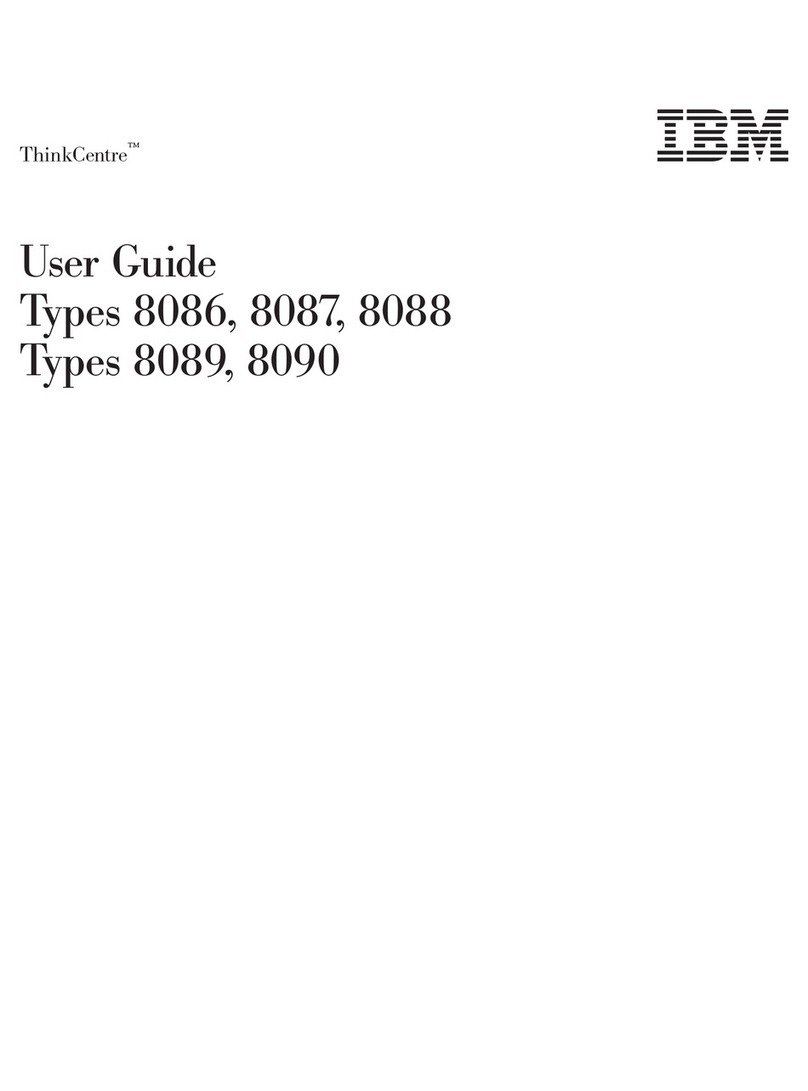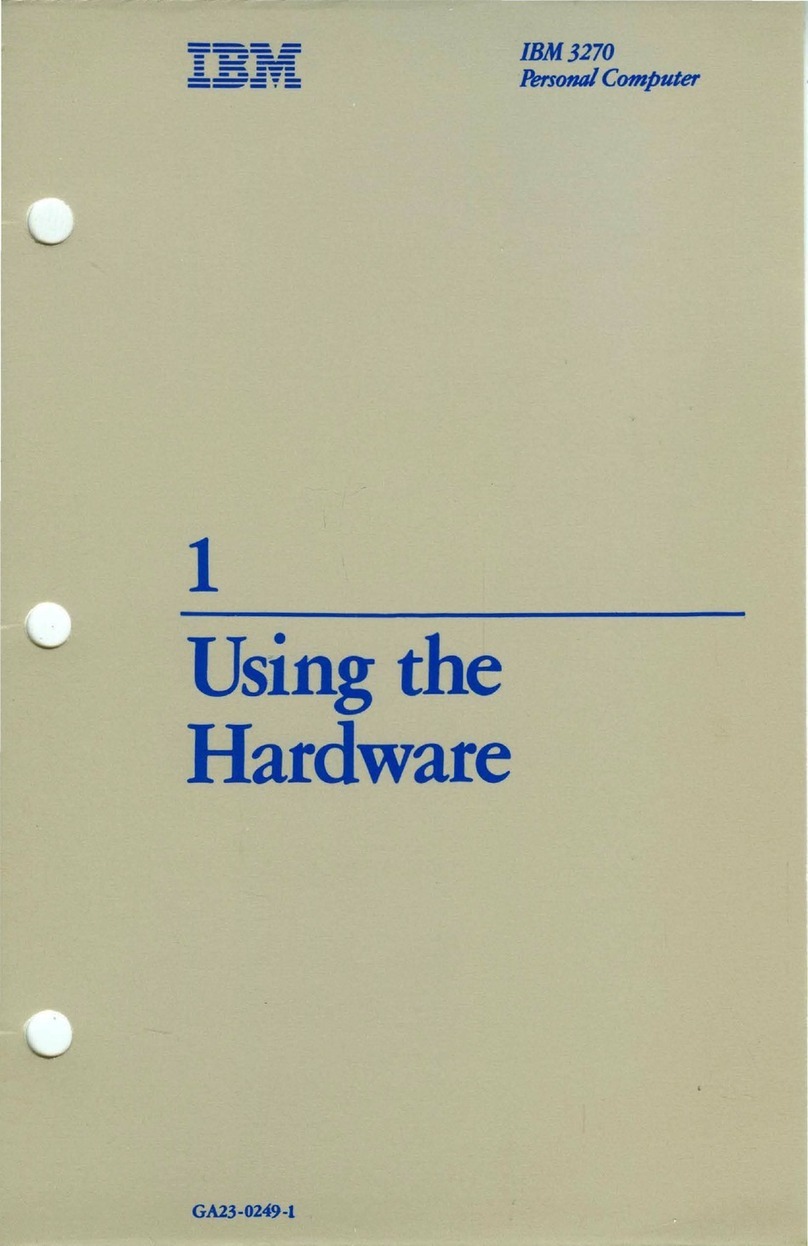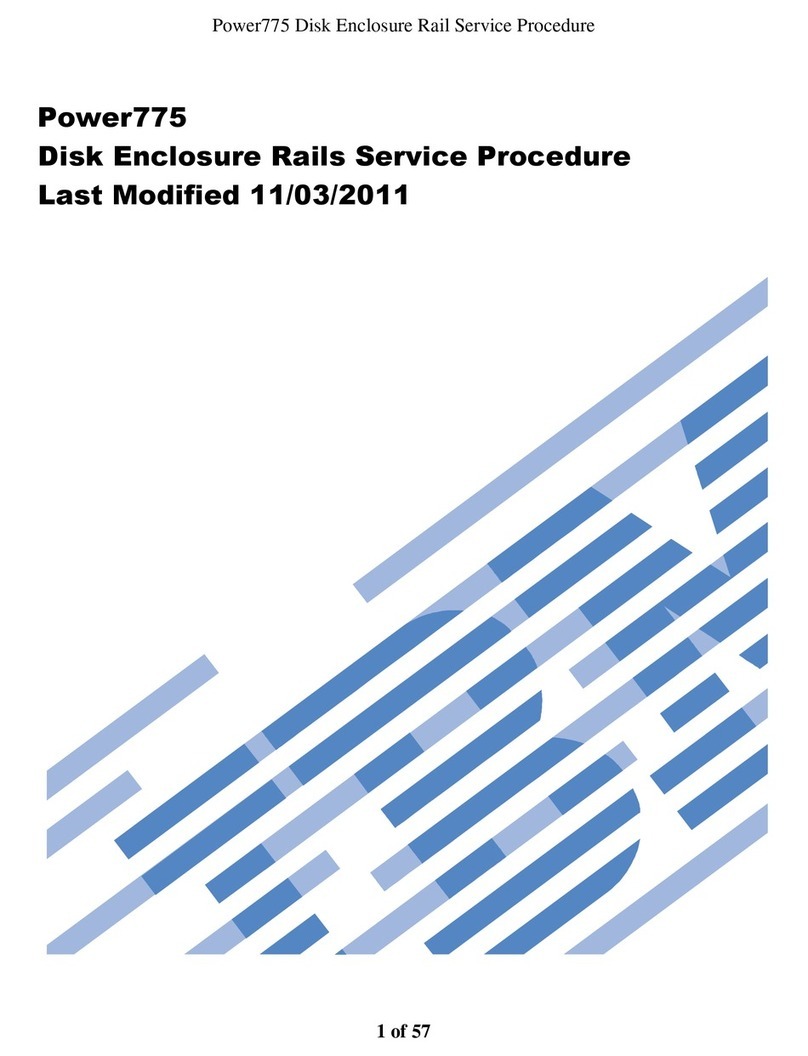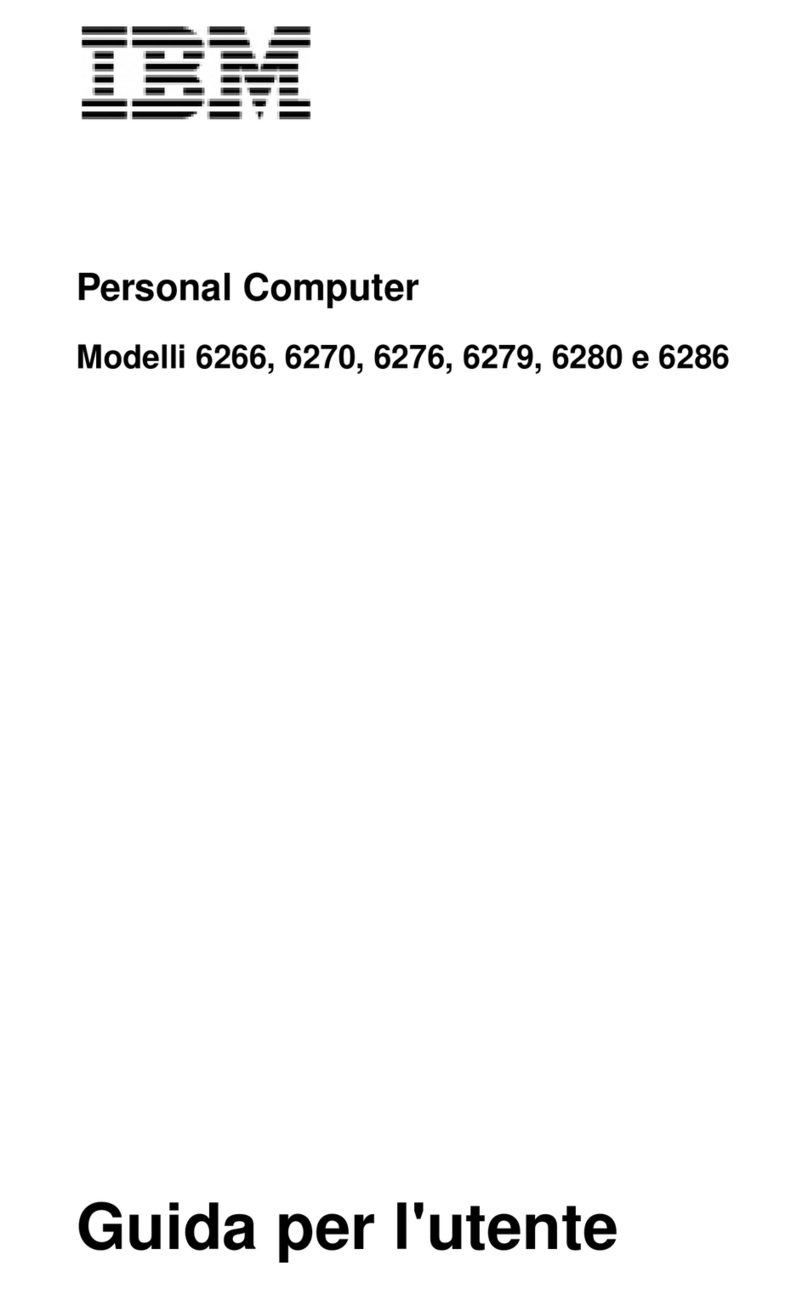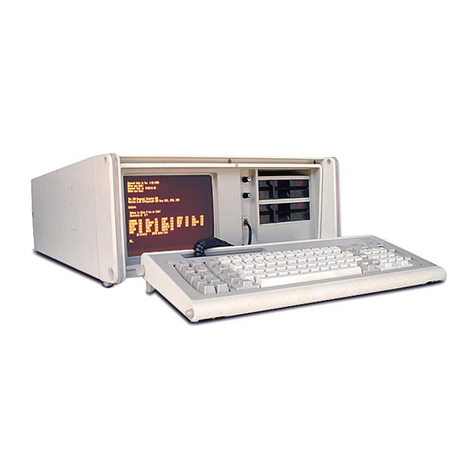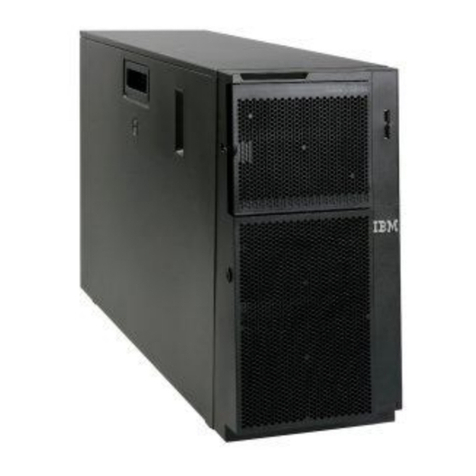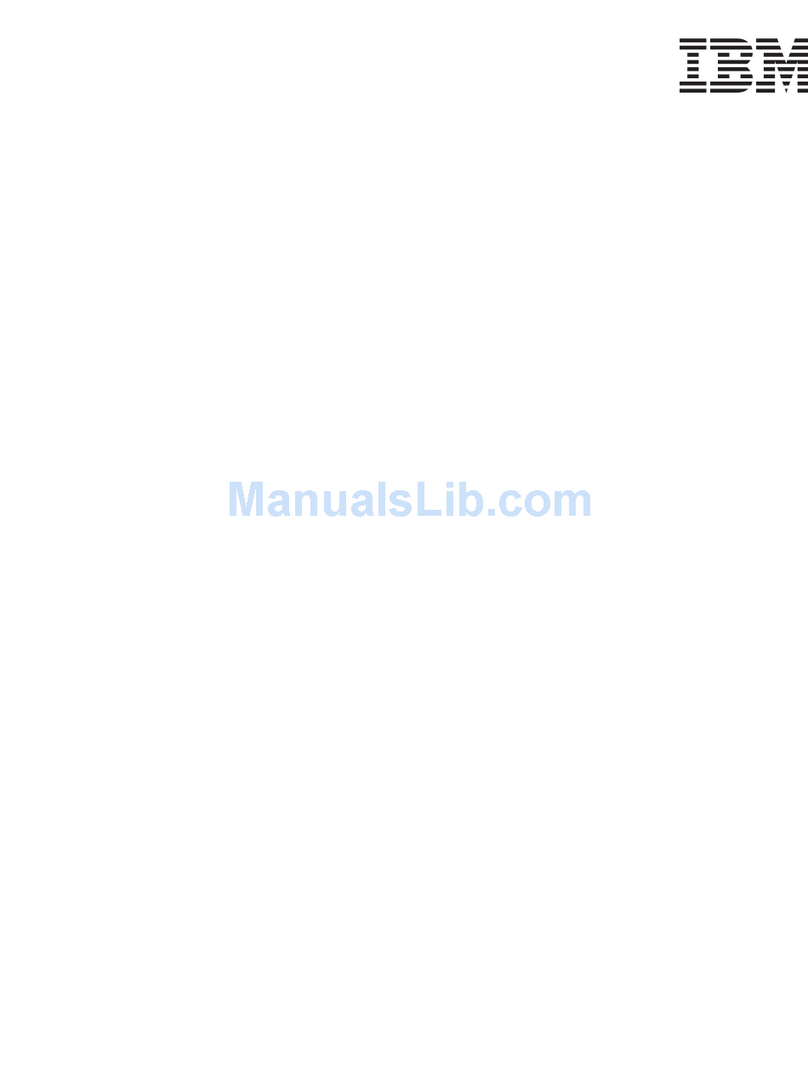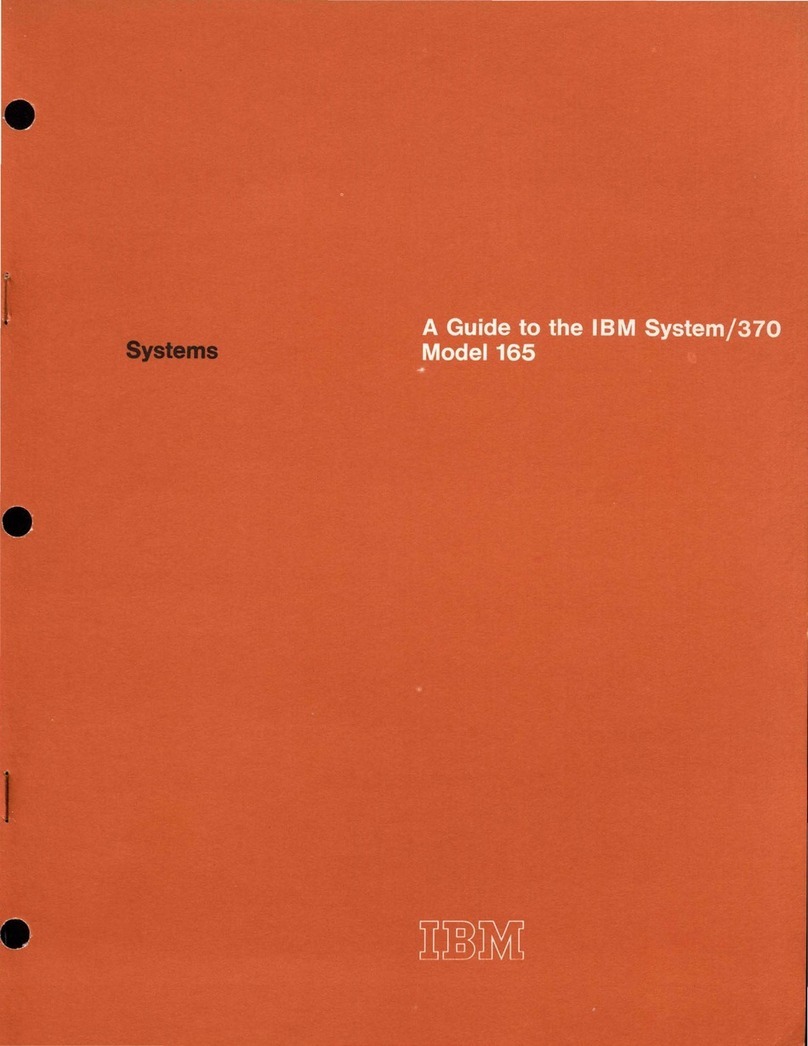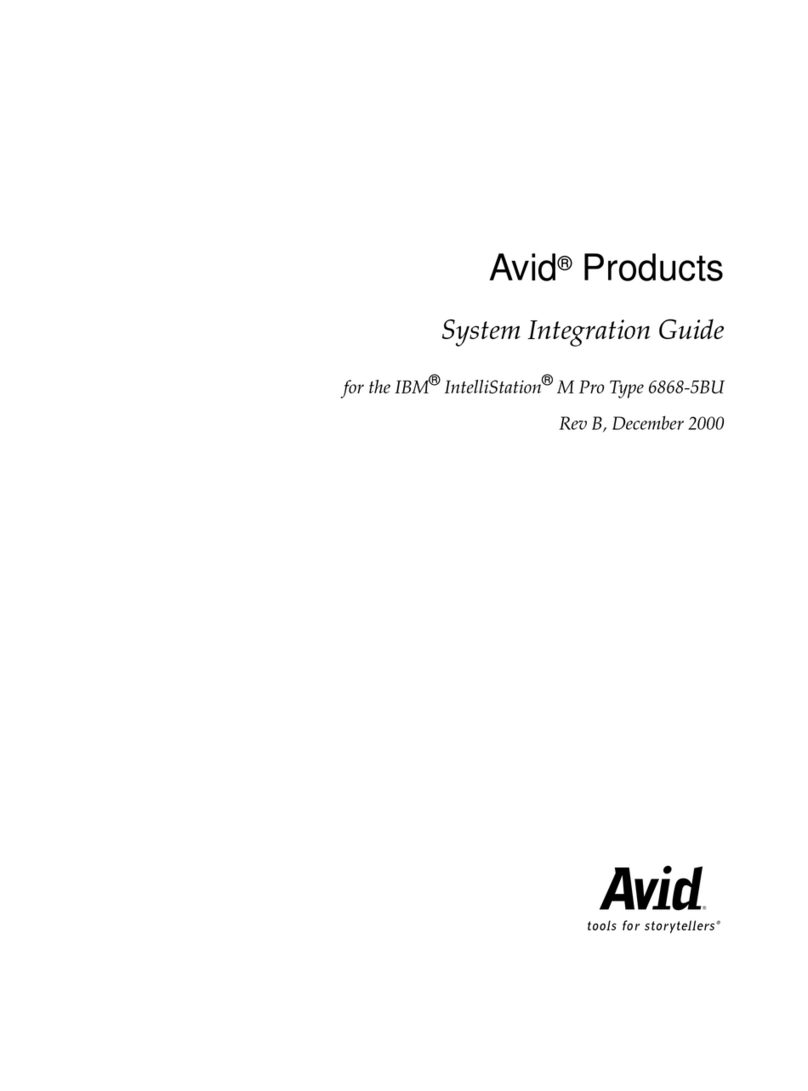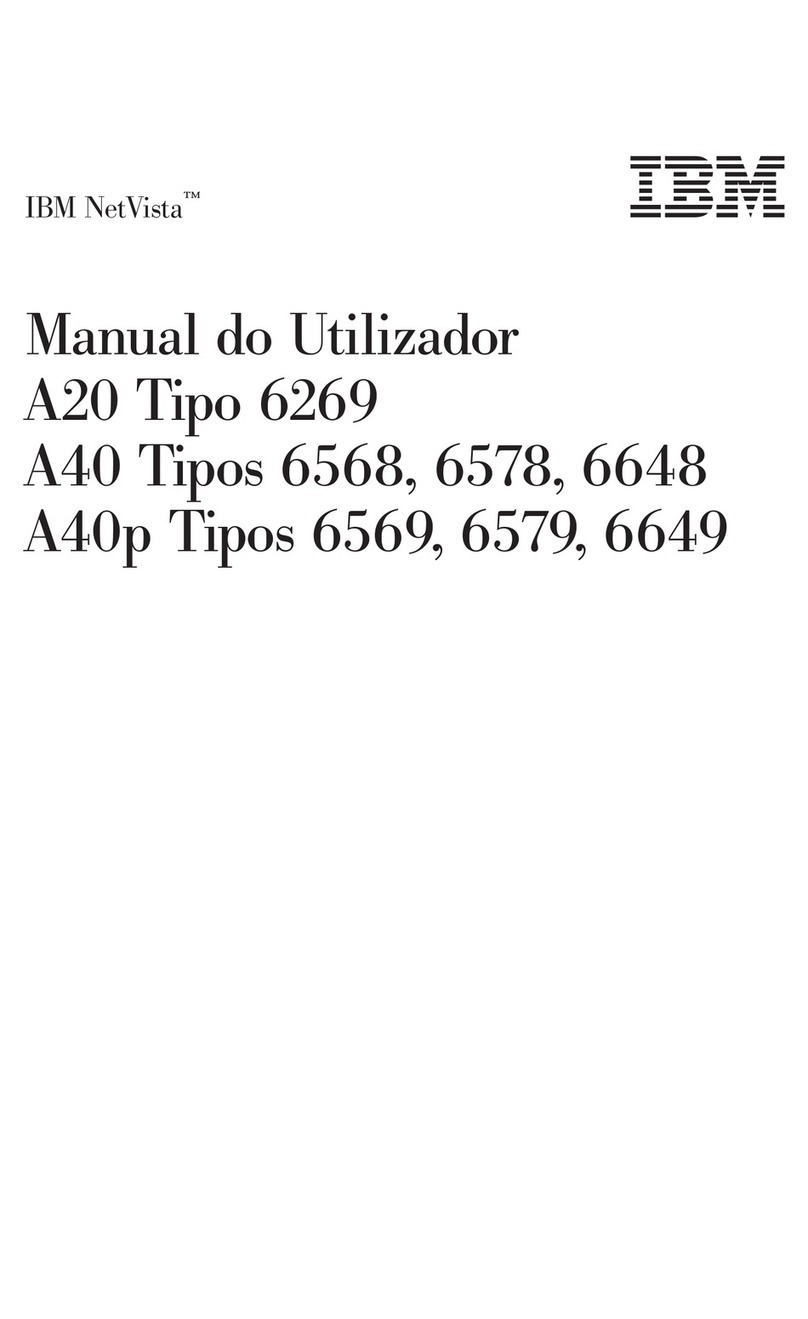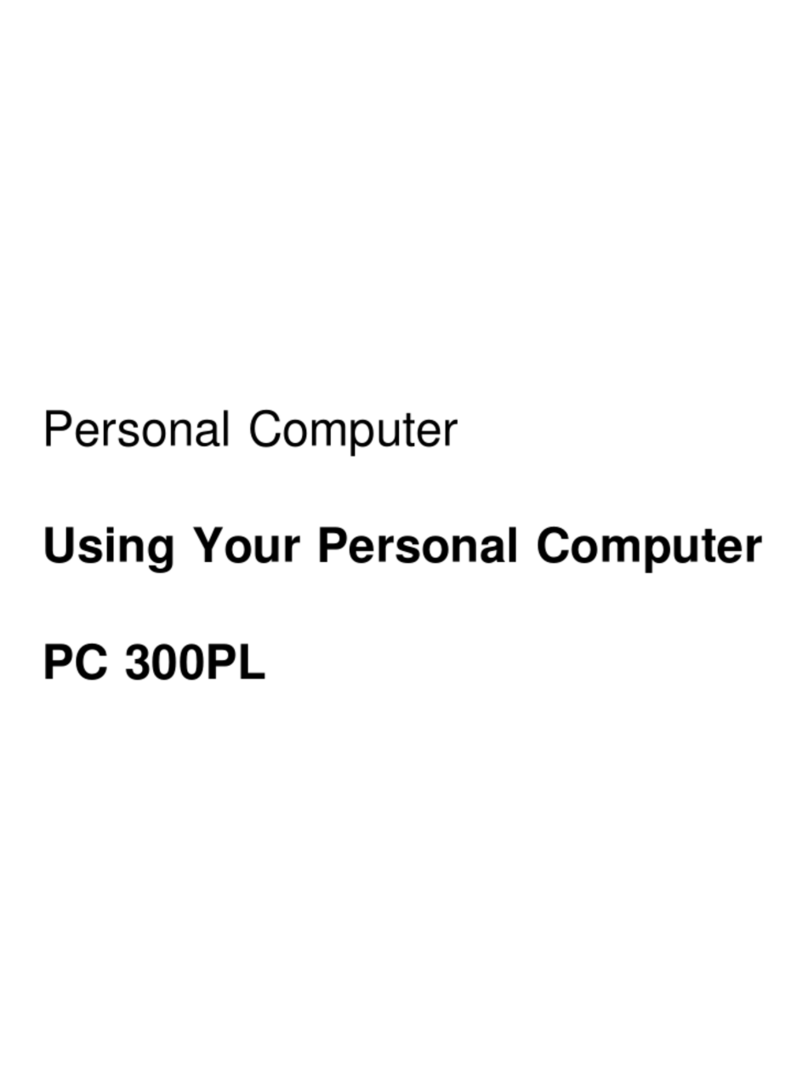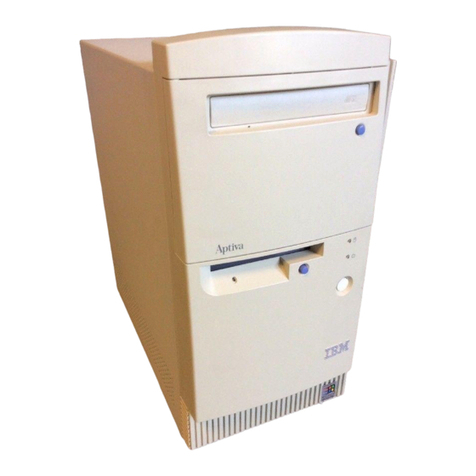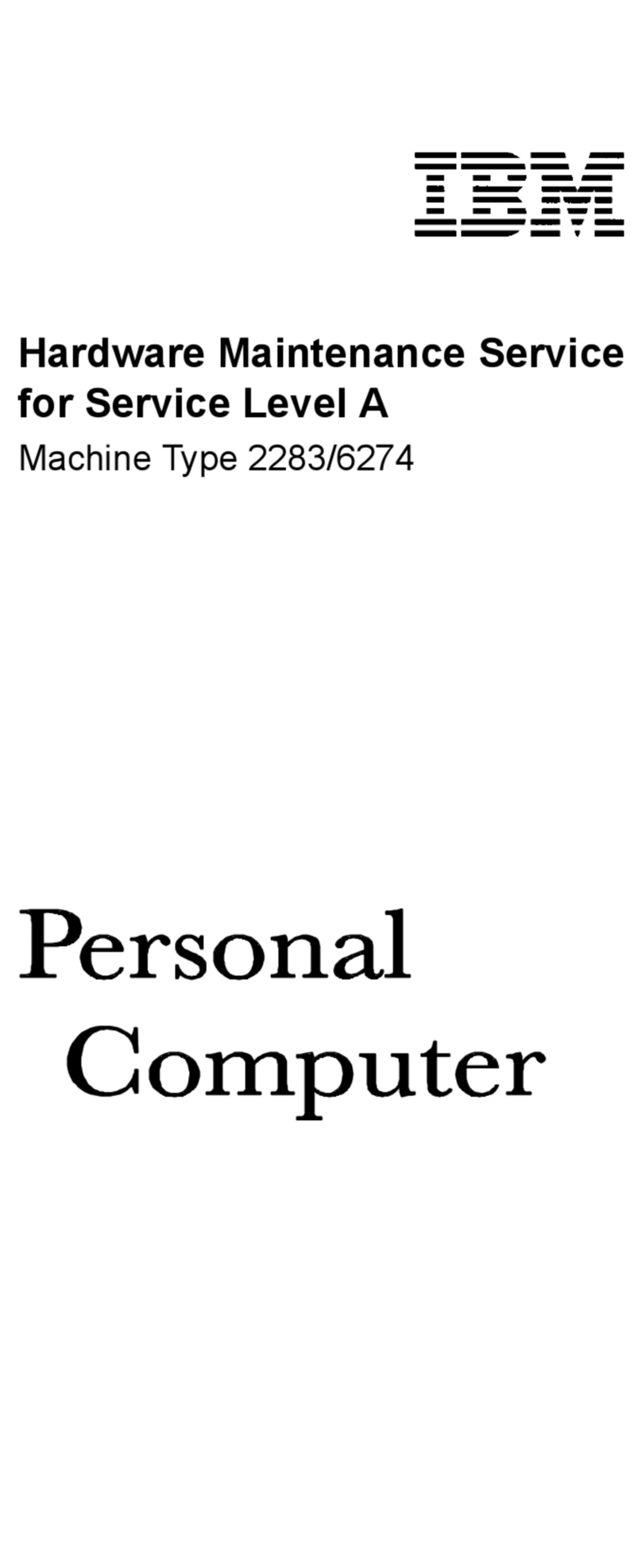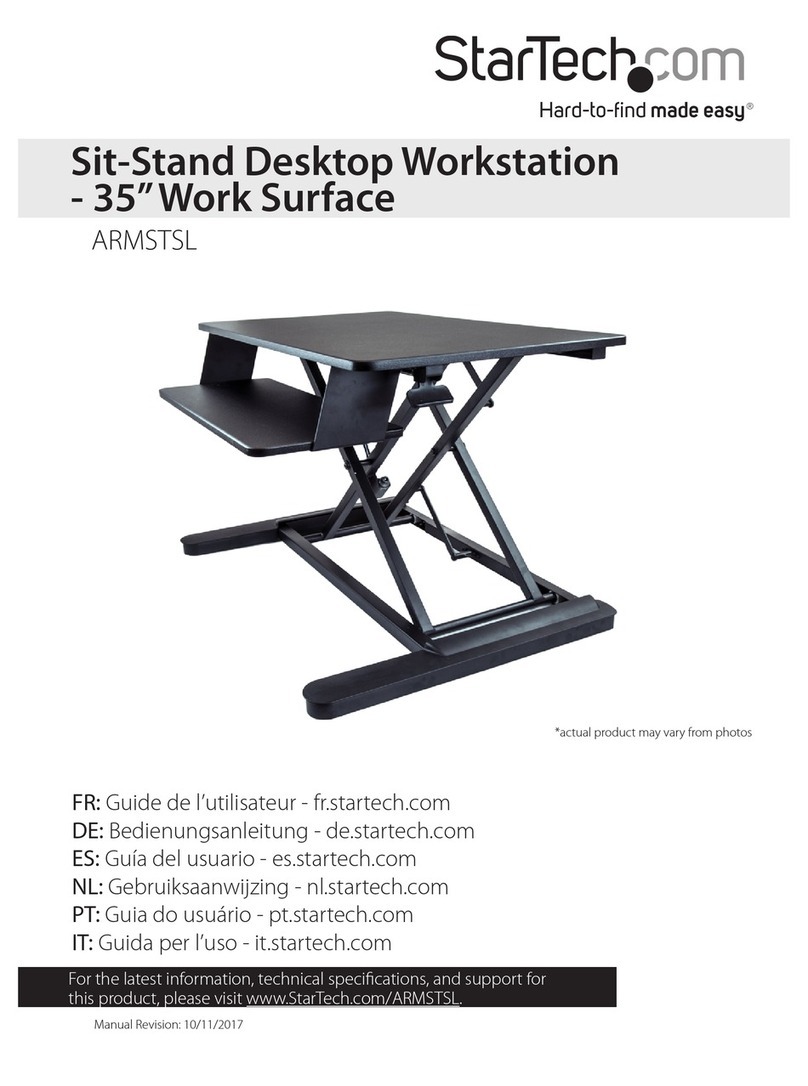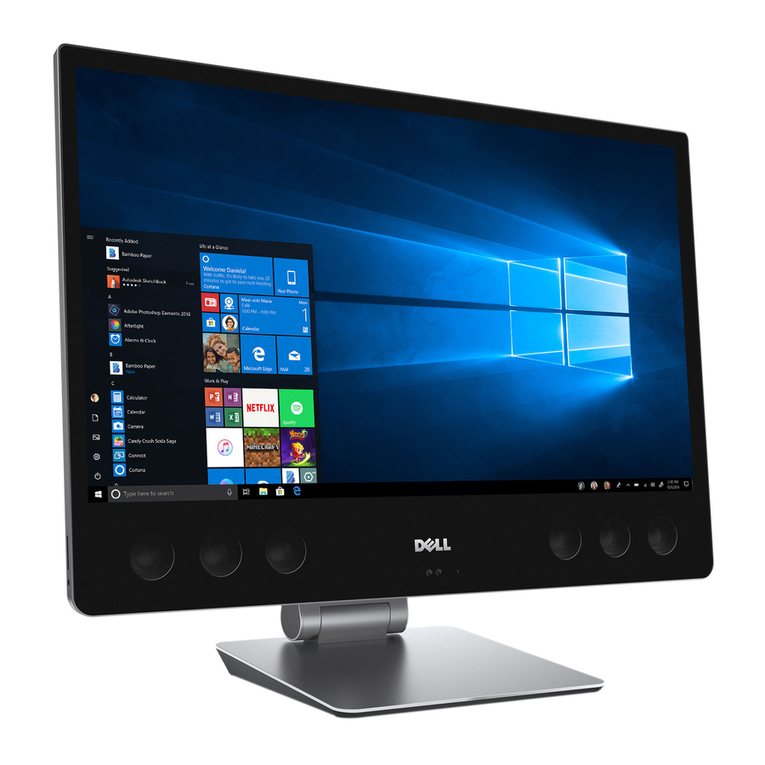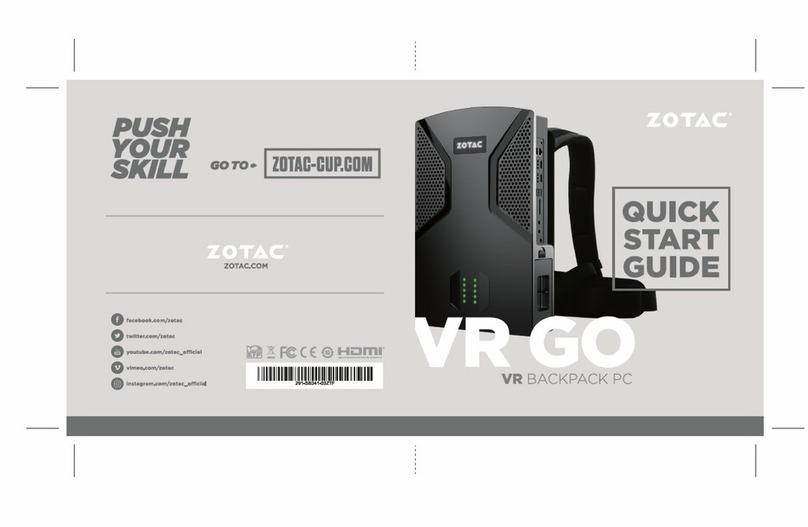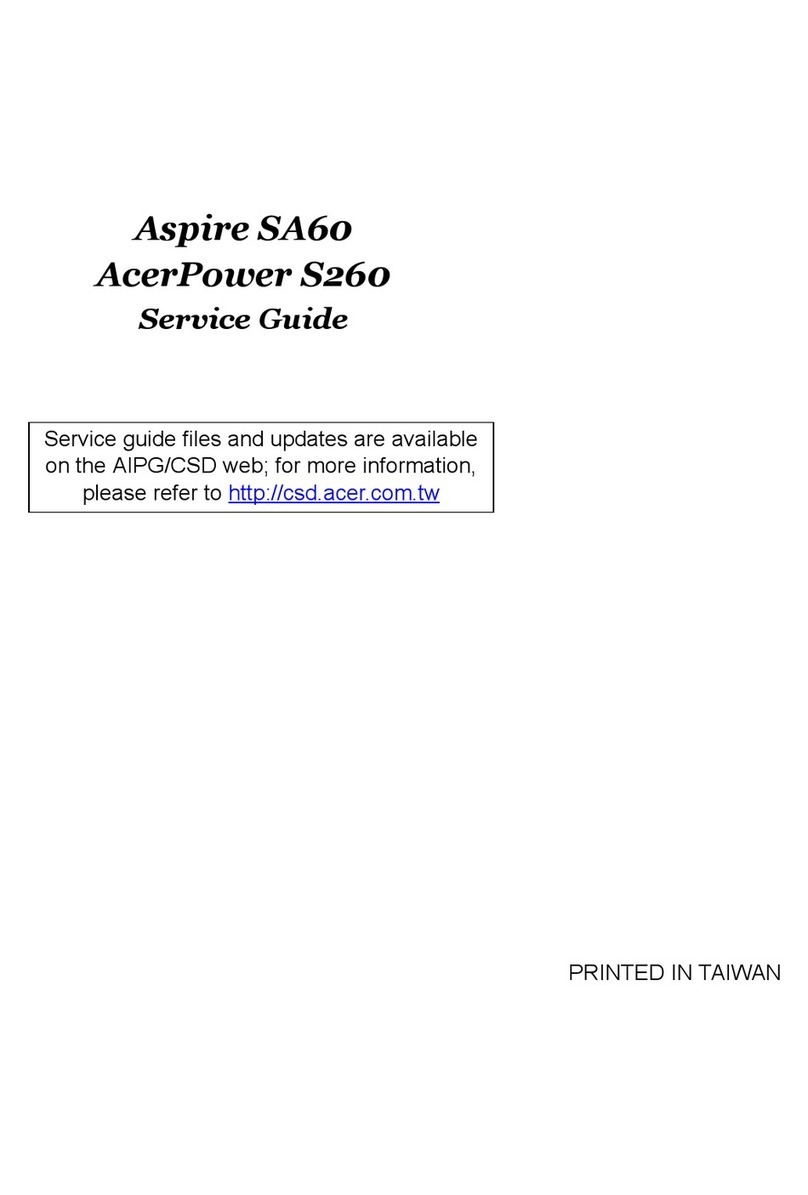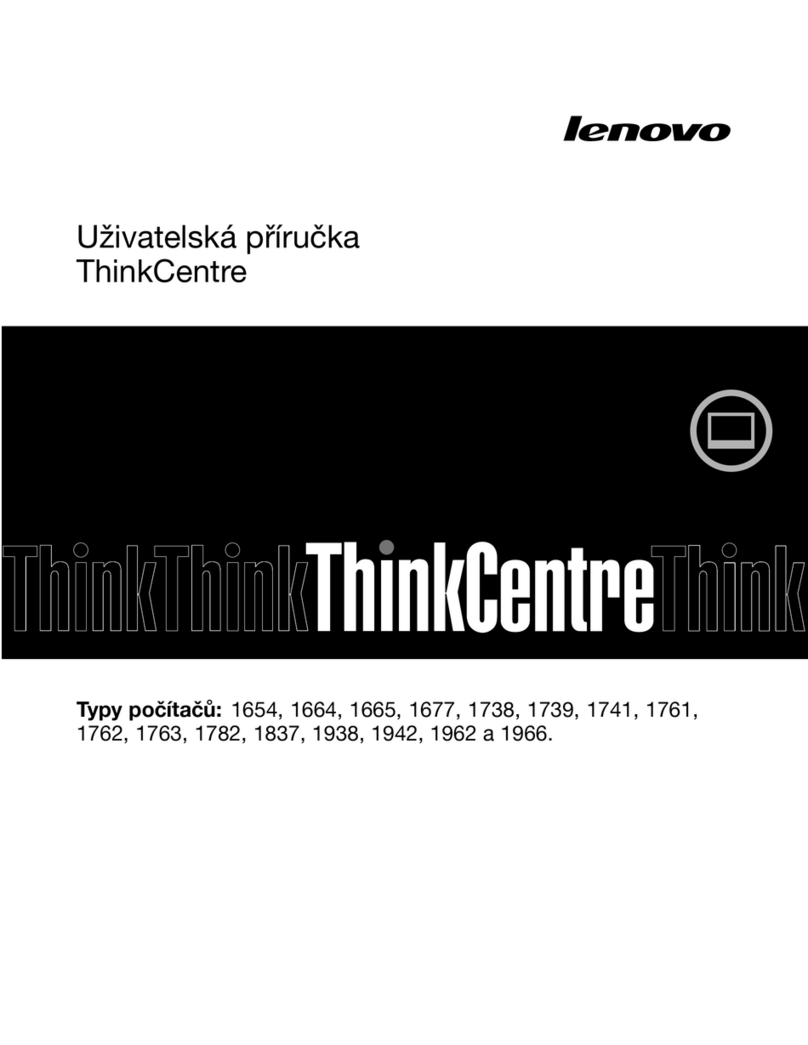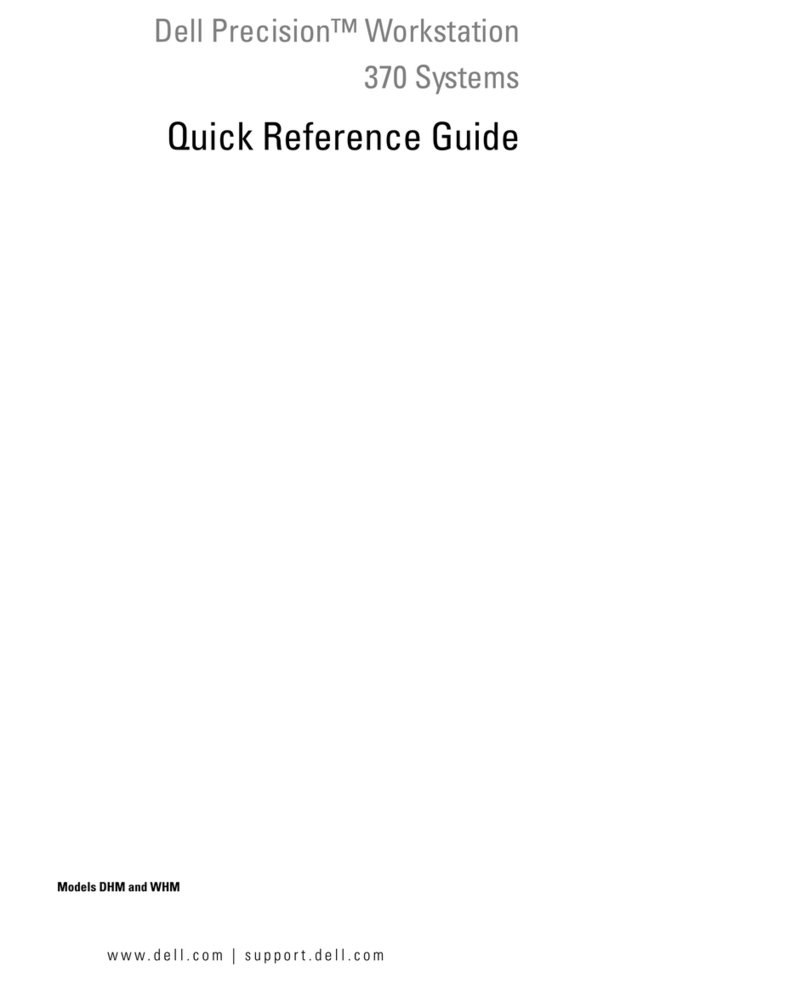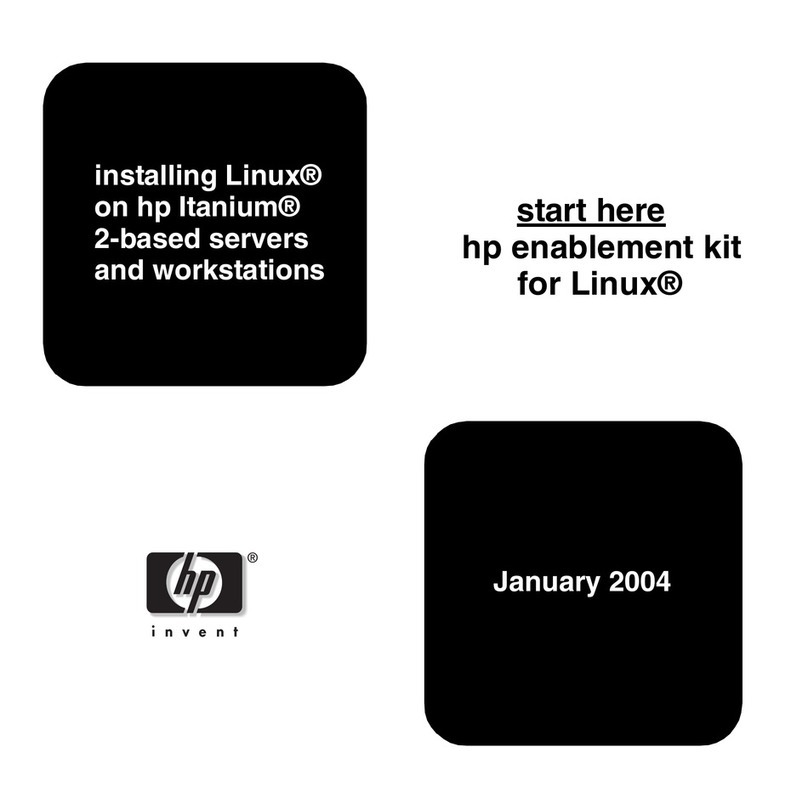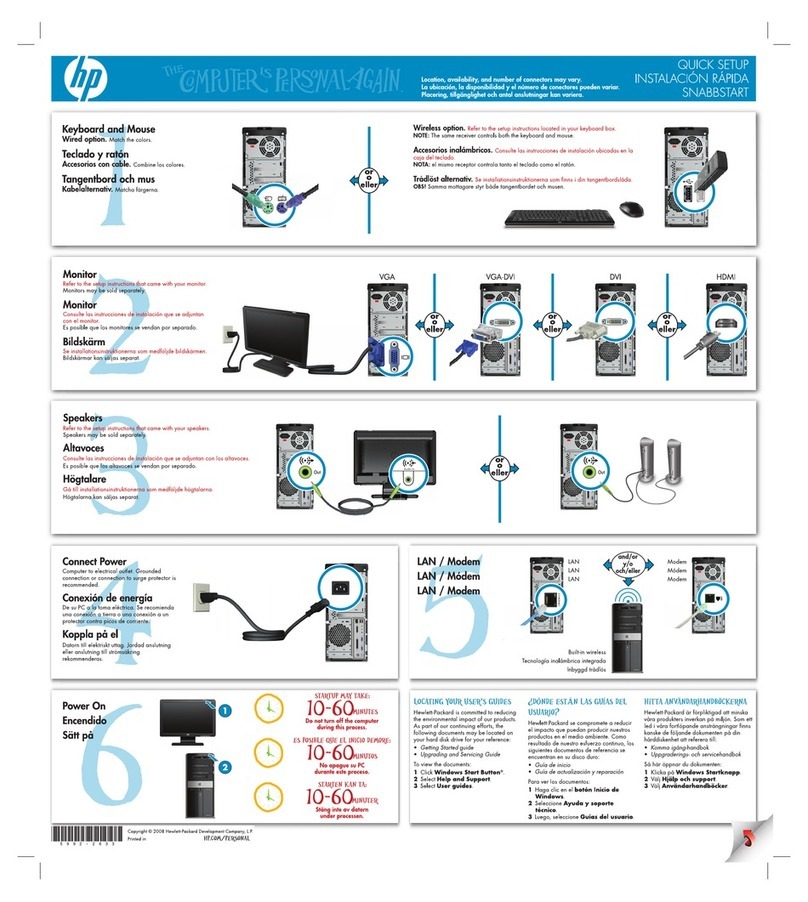
2
The
5110
Computer is a general-purpose desktop computer designed
to
meet
the data processing requirements
of
a,
small business. Yet,
it
has the
capability, through media exchange and communications features,
to
distribute
processing in large enterprises too. This system
is
well suited
to
business and
problem-solving
applications such as:
General ledger
Accounts payable
Payroll
Accounts receivable
Financial planning
Inventory control
Order
writing/billing
Sales analysis
Cost estimating
Job
cost analysis
Linear programming
Word
processing
The
5110
performs data processing tasks
with
the speed, efficiency, and
reliability typical
of
larger computer systems.
Yet
it
is appropriate
for
small
businesses because
of:
• Physical compactness and ease
of
installation.
T~e
IBM
5110
Computer
fits
right
on
top
of
your
desk
to
give you the information you need. The
physical installation requirements are found in virtually every office
environment.
• Ease
of
operation. An experienced
computer
specialist is
not
required
to
operate the 5110. One
of
your
own
employees
who
has little
or
no
computer
experience can be trained
to
operate this system effectively.
• Application programs. These programs are made available by
IBM
to
meet
certain data processing requirements existing
within
a specific business
or
industry. Where applicable, the
IBM-supplied
application programs can
eliminate the need
for
you
to
write
your
own
programs.
Your
IBM
representative can tell you
what
application programs are available.
• Either
or
both
of
two
powerful programming languages: APL and BASIC.
APL (A Programming Language) is a
powerful
mathematical language.
It
is
particularly
well-suited
for
scientific, engineering, and research applications.
BASIC (Beginners All Purpose Symbolic Instruction Code) incorporates
QC'lclai
uu~illt::~~
i:lnu mai:nema[icai probiem-solVlng capabilities. Each
language is easy
to
learn and has inherent capabilities
that
apply directly
to
the
needs
of
business people
who
require
fast
and accurate data
processing.
• Choice
of
system options
to
meet your particular needs: magnetic tape
storage; magnetic diskette storage; printer;
I/O
adapters, both serial and
parallel; and communications adapters, asynchronous and bisynchronous.
